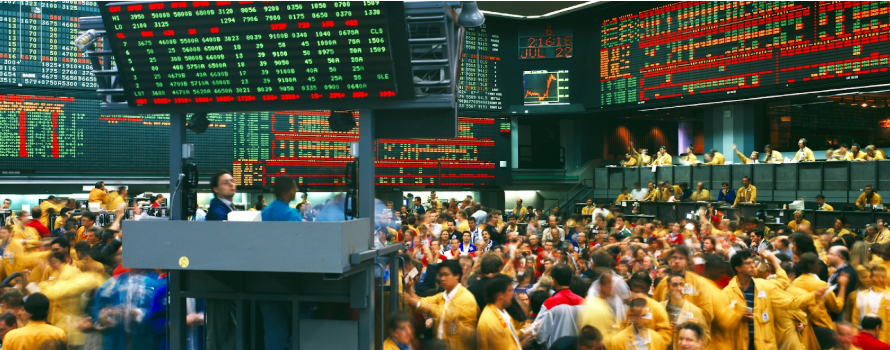Many traders rely on technical or fundamental analysis. Those who support the former state, think that the market is a perfect validating machine and all factors (that can have an effect on the asset price and commonly known) are by default shown in the price chart. Consequently, only the price chart can be used when decisions are made. Traders, who rely on fundamental analysis mostly evaluate the intrinsic value of the asset, which is believed by them, is not usually considered by the market. In this article, we will see in more details both types of analysis and we will see which is the better option and if it is needed in general.

Fundamental analysis
Fundamental analysis is a method of an asset evaluation based on the idea of intrinsic value. The intrinsic value is the ‘true’ value of an underlying asset, which may be not shown in its market price. Actually, if we say that a stock is trading at a premium or with a discount, we mean that its market price is not the same as the intrinsic value. Financial, economic and political factors are considered when evaluating a security from a fundamental point of view. The final aim of the fundamental analysis is to find a target price, which may then be compared with the market price. If the intrinsic price is lower than the current price, then it is a good idea to sell this asset. If the intrinsic price is higher than the current price, then it is better to buy this asset.
Even though this method is commonly used with stocks, it may still be applied for nearly every asset. If you want to evaluate a currency pair (which is traded on the Forex market), you might want to look at the key interest rate, the rate of inflation and the GDP growth rate because all these can have a big effect on the exchange rate. Revenue, earnings and their derivatives are extremely important when you work with stocks. Warren Buffet, who is also called the Oracle of Omaha, support this method.
Here is an example of fundamental analysis and how it works. One day, when Facebook published one of the earnings report, the market was expecting a 43% increase in earnings, but the company had only a 42% increase. That and a slowdown in user growth have turned into in a 20% price decrease of its stock price. It is good to mention that a similar price decrease can have barely been forecasted using technical analysis.
Keep in mind that because not all fundamental factors are quantitative, there can be two conflicting understandings of the same set of readings.
Technical analysis
Technical analysis is based on using the historical market data, particularly trading volume and price. This kind of analysis does not specifically pay attention to the intrinsic value and its practical use. Technical analysts claim that the past performance of the asset, showed on the price chart, is a better indication of its future behavior than the intrinsic value. Moreover, they believe that patterns can be seen in the behavior of any asset and, most basically they are likely to repeat themselves after some time. Thus, technical analysts make an effort to forecast these patterns and benefit from them.

Because all the essential information is openly available on the market (anything else would considered to be as insider trading and that is illegal), the price is supposed to always represent the sum total knowledge of all market members.
All assets that are traded on the market, obey laws of demand and supply. Low supply and high demand push the asset price higher. Vice versa, high supply and low demand push the asset price lower. Technical analysts search for differences between the two in order to predict the forecast the performance of the asset. Over the years, a lot of of technical analysis indicators were developed. Some of them help identify the prevailing trend. The other help determine pinpointing reversals. There is no certain indicator, which is considered to be the best. Each of them has their own special features that help in solving specific problem.
Overall, while technical analysis is mostly used by day traders and traders who work on shorter time frames, fundamental analysis is better to be used on longer time frames.
What to choose?
You can believe that there is one kind of analysis that will be better used according to your trading style, and you might be right. Yet, because there are no universal technical indicators, there is no right or wrong approach to forecast future price movements. You better consider fundamental and technical analysis techniques as two sides of the same coin that flawlessly complete each other.
Michael Marcus, a professional famous trader who has multiplied his account 2,500 times during ten years, believes that technical and fundamental analysis have to both approve your forecast for a trade to close in the green. It does not mean that if you apply these two analysis you will never fail but you have more chances for a better result.
*Information about past performance is not a trustworthy indicator of future performance
Leave a Reply